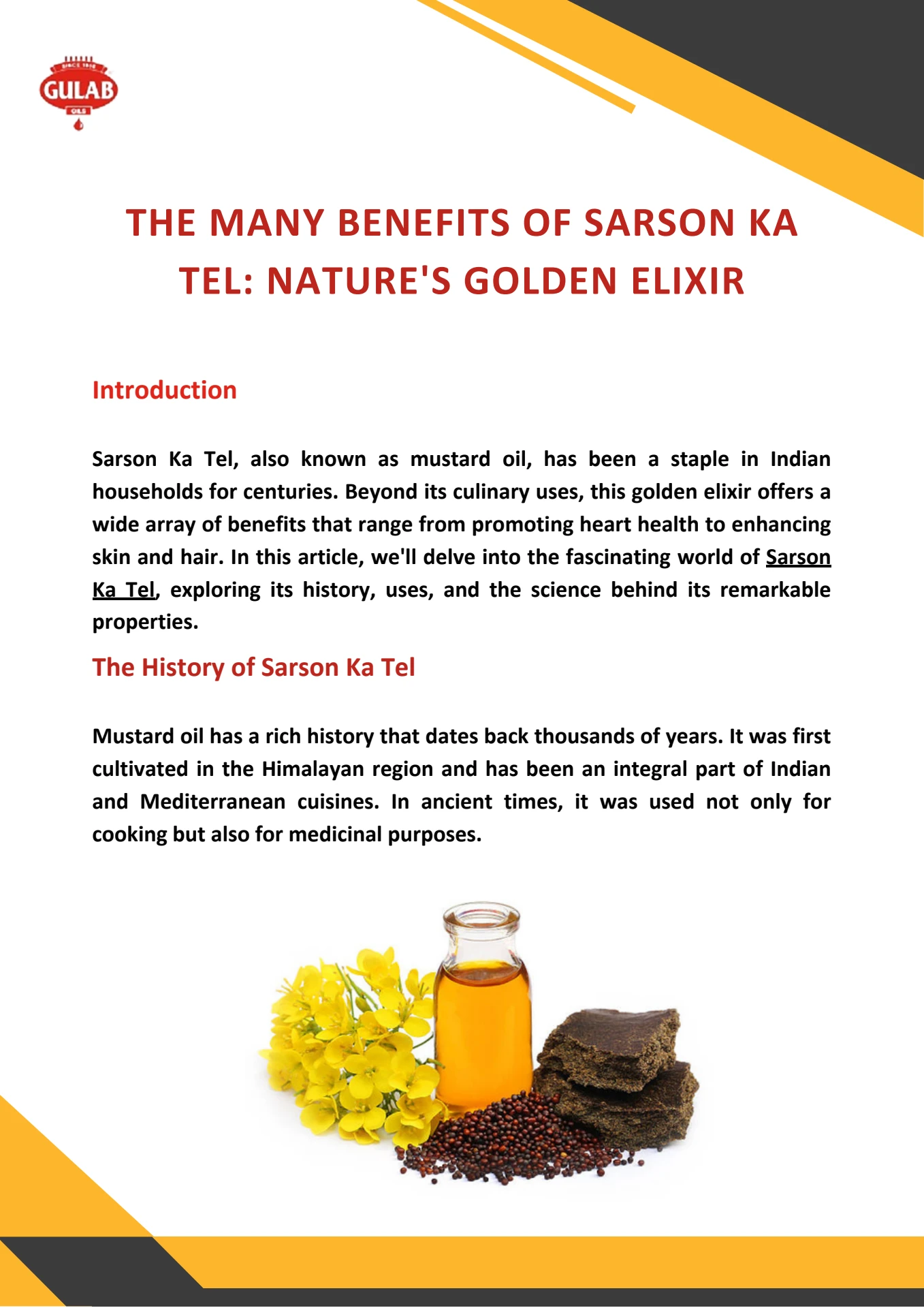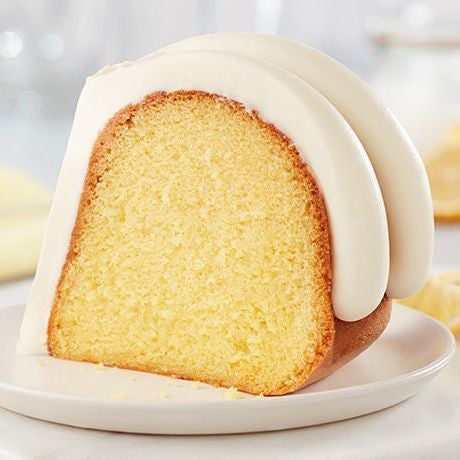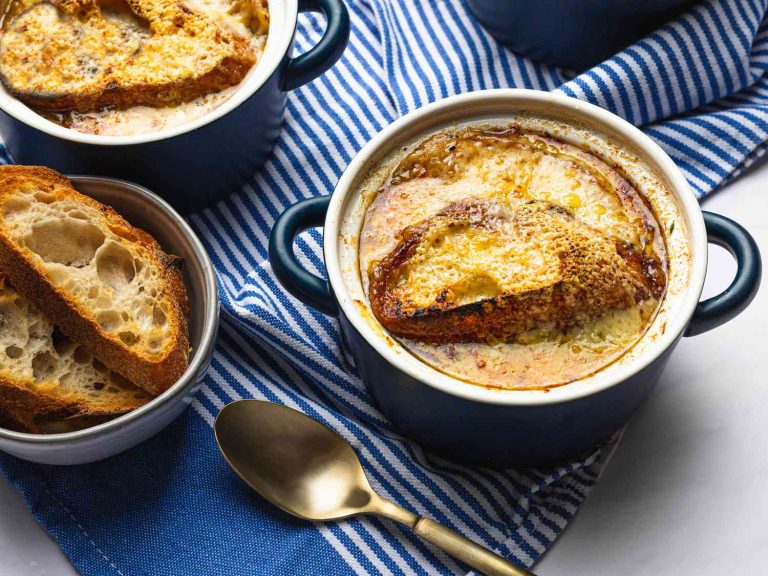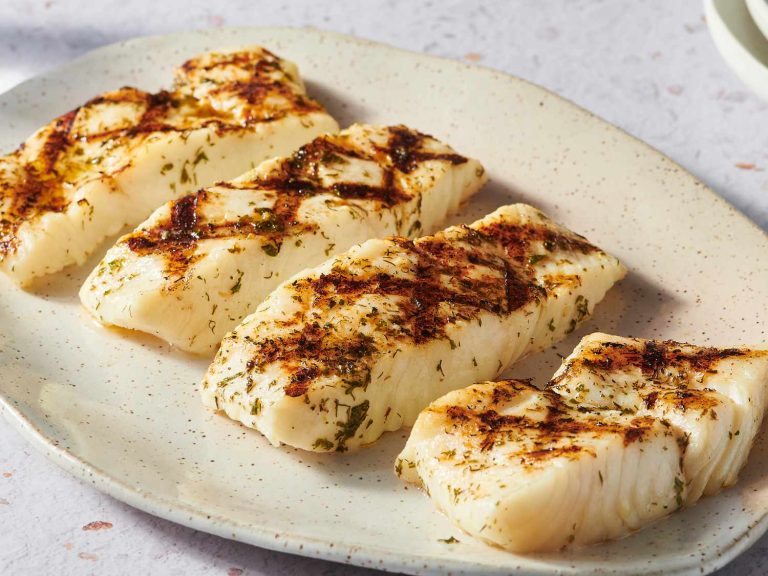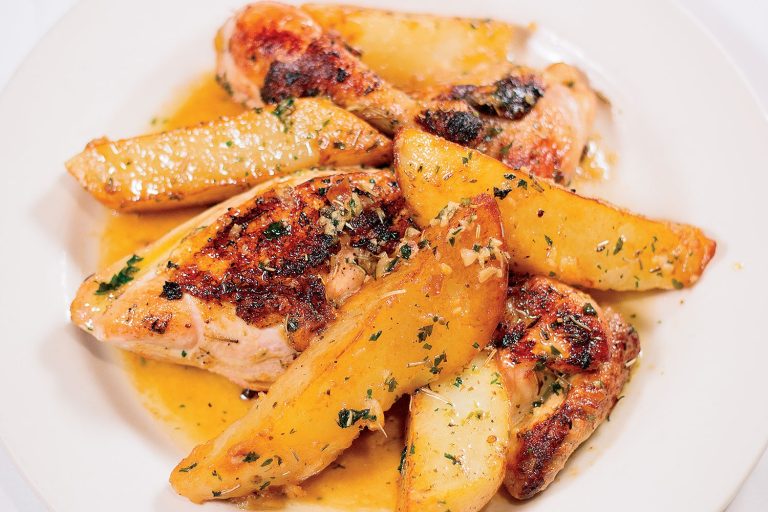Yellow Mustard: History, Benefits, and Culinary Uses
Prepared yellow mustard is a popular condiment made from ground mustard seeds, vinegar, water, and salt. Its distinct yellow color comes from turmeric, giving it a bright and appealing appearance. This mustard variety boasts a milder flavor compared to other types, making it suitable for a wide range of culinary applications. Whether you’re enhancing a hot dog, sandwich, or salad dressing, prepared yellow mustard adds a tangy, savory element.
Components and Ingredients
Prepared yellow mustard includes several key components:
- Mustard Seeds: The primary ingredient, usually yellow or white mustard seeds, providing the base flavor.
- Vinegar: Given for acidity, it preserves the mustard and imparts a sharp taste.
- Water: Used to achieve the desired consistency.
- Salt: Enhances flavor and acts as a preservative.
- Turmeric: Adds the signature yellow color and a slight earthy flavor.
- Spices: Commonly includes paprika, garlic powder, or other spices for additional flavor depth.
By understanding its composition, you can appreciate how prepared yellow mustard delivers its distinctive taste and versatility.
Historical Background of Yellow Mustard
Origin and Evolution
Yellow mustard traces its roots back to ancient civilizations, believed to have emerged around 3,000 BCE in Egypt. Mustard plants, primarily used for their seeds, can be found in historical records from the Egyptian, Greek, and Roman eras. Initially, mustard seeds were ground into powders to create medicinal concoctions or used in cooking. In the Medieval period, mustard’s role expanded, becoming a staple in European cuisine.
In the 18th century, the development of prepared mustard began. The process involved mixing ground mustard seeds with various liquids such as vinegar and water. This technique yielded the smooth, spreadable condiment known today as prepared yellow mustard. The recipe evolved over time, adding ingredients like turmeric to achieve its signature yellow color and distinctive flavor.
Cultural Significance
Yellow mustard holds a notable position in several cultures. In Ancient Rome, mustard was mixed with unfermented grape juice, known as “must”, giving rise to the term “mustum ardens” or “burning must”. This mixture was used as both a condiment and a dietary supplement.
In medieval Europe, mustard became integral to the banquets of the wealthy, symbolizing status and sophistication. The condiment’s affordability and ease of production also made it popular among the general population.
In contemporary culture, yellow mustard is a cornerstone of American cuisine. It’s a key ingredient in hot dogs, hamburgers, and sandwiches. Regional variations, such as “American yellow mustard”, highlight its adaptability and enduring appeal.
The history of yellow mustard spans millennia, intertwining with various cultural and culinary traditions. From its ancient origins to its modern-day applications, yellow mustard continues to be a beloved and versatile condiment.
Health Benefits of Yellow Mustard
Nutritional Content
Yellow mustard is low in calories yet rich in essential nutrients. One teaspoon contains about 3 calories, 0.2 grams of carbs, 0.2 grams of protein, and no fat. Yellow mustard is an excellent source of minerals such as calcium, magnesium, and potassium. It also provides vitamins like Vitamin C and Vitamin K. These nutrients contribute to various bodily functions, including bone health and immune support.
Potential Health Advantages
Yellow mustard may aid in digestion due to its high dietary fiber content. Fiber helps regulate bowel movements and prevent constipation. The condiment is known for its anti-inflammatory properties, which can reduce symptoms of chronic inflammation. Specific compounds in yellow mustard, such as sinigrin, have potential cancer-fighting properties. Studies suggest that mustard seeds can inhibit the growth of cancer cells.
Mustard also offers antibacterial benefits. Mustard’s glucosinolates and myrosinase enzymes, when combined, form compounds that can kill certain bacteria. The omega-3 fatty acids in yellow mustard support heart health by reducing cholesterol levels and lowering the risk of heart disease. Additionally, yellow mustard may help manage blood sugar levels, making it beneficial for individuals with diabetes.
Culinary Uses of Prepared Yellow Mustard
Common Recipes and Applications
Prepared yellow mustard serves many purposes in the culinary world. It’s a popular condiment for sandwiches, hot dogs, and hamburgers, adding a tangy zest. Salad dressings often include yellow mustard for its emulsifying properties, enhancing both texture and flavor. Marinades benefit from its acidity, which helps tenderize meats, particularly chicken and pork. Barbecue sauces frequently use mustard as a key ingredient, benefiting from its sharpness and depth. Its distinctive taste also lends itself well to deviled eggs and potato salads, providing a classic touch. In international cuisines, yellow mustard appears in Indian and German cooking, showcasing its versatility.
Tips for Cooking with Yellow Mustard
When cooking with yellow mustard, consider its strong flavor. Start with small quantities and adjust according to taste preferences. Mixing mustard with sweet ingredients, such as honey, can create a well-balanced sauce or glaze. Heating mustard can reduce its pungency, making it milder for delicate recipes. Always add mustard towards the end of hot dishes to maintain its vibrant color and flavor. For cold dishes like spreads and salads, ensure mustard is well incorporated to avoid any overpowering bites. Using mustard powder in place of prepared mustard can offer more control over consistency in certain recipes.
Alternatives and Comparisons
Comparison with Other Mustard Varieties
Prepared yellow mustard stands out for its mild flavor and vibrant color. This distinguishes it from other mustard varieties like Dijon, whole grain, and spicy brown mustard. Dijon mustard, known for its pale yellow color and smooth texture, has a sharper, more tangy flavor due to white wine in its recipe. Whole grain mustard retains mustard seeds, giving it a grainy texture and a robust flavor profile, often used in vinaigrettes and gourmet dishes. Spicy brown mustard, darker and coarser than yellow mustard, utilizes more brown seeds and less vinegar, leading to a spicier taste ideal for deli sandwiches and meats.
| Mustard Variety | Color | Texture | Flavor Profile | Common Uses |
|---|---|---|---|---|
| Yellow Mustard | Bright yellow | Smooth | Mild, slightly tangy | Hot dogs, sandwiches, marinades |
| Dijon Mustard | Pale yellow | Smooth | Sharp, tangy | Vinaigrettes, gourmet recipes |
| Whole Grain Mustard | Brownish-yellow | Grainy | Robust | Vinaigrettes, gourmet dishes |
| Spicy Brown Mustard | Darker brown | Coarse | Spicy, bold | Deli sandwiches, meats |
DIY Mustard and Substitutes
Creating your own mustard or finding suitable substitutes can serve as practical alternatives. When making DIY mustard, mix mustard seeds or powder with vinegar, water, and optional flavoring agents like honey or herbs. Adjust ratios based on desired consistency and flavor intensity. For substitutes, consider using mayonnaise, horseradish, or wasabi, which can replace mustard in certain recipes, each lending unique taste profiles. Mayonnaise adds creaminess, horseradish brings heat, and wasabi gives a sharp, pungent flavor, suitable for recipes needing an extra zing in the absence of prepared yellow mustard.
Conclusion
Prepared yellow mustard isn’t just a simple condiment; it’s a versatile ingredient with a rich history and numerous health benefits. Whether you’re enhancing your favorite sandwich or experimenting with international recipes, yellow mustard brings a unique flavor and nutritional boost to your dishes. By understanding how to balance its strong taste and exploring various alternatives and DIY options, you can make the most of this pantry staple. So next time you’re in the kitchen, don’t hesitate to reach for that jar of yellow mustard and elevate your culinary creations.
